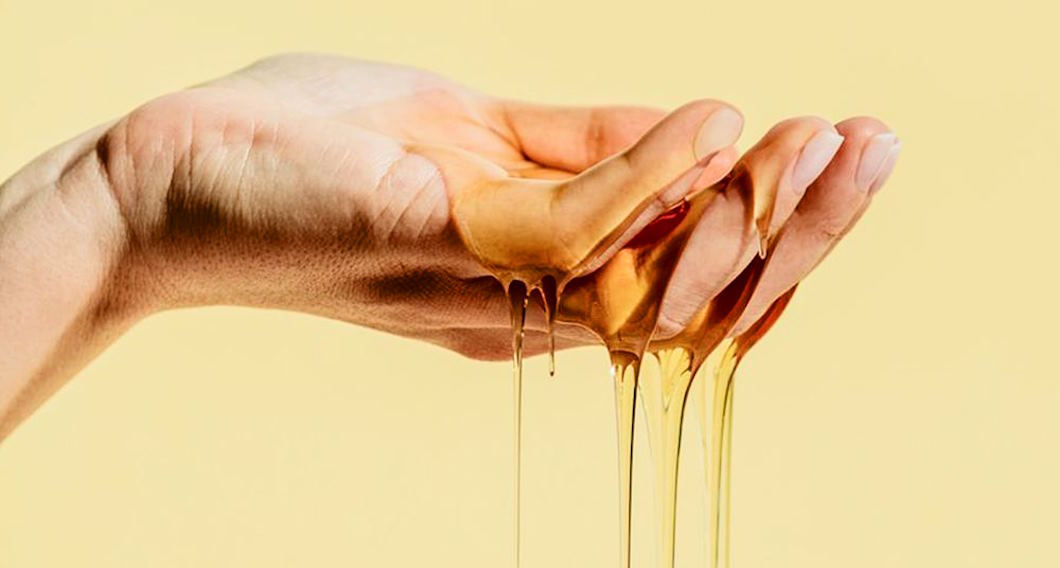Unwanted hair growth can be an exasperating concern for many individuals, impacting self-confidence and causing constant battles with traditional hair removal methods. Shaving, waxing, and depilatory creams often offer short-term solutions with unwanted side effects like irritation and ingrown hairs. In the pursuit of a safer and more sustainable approach to hair removal, it’s time to turn our attention to nature’s remedies.
Natural Hair Removal Techniques
Sugar Waxing:
Sugar waxing is an ancient and effective method of hair removal that utilizes simple, all-natural ingredients. Unlike traditional waxing, which can be harsh on the skin, sugar waxing is gentler and less likely to cause irritation. The process involves creating a thick, sticky paste made from sugar, lemon juice, and water. This paste is applied to the skin in the direction of hair growth and then quickly pulled off, taking the hair with it. One of the main advantages of sugar waxing is that it removes hair from the root, resulting in smoother, longer-lasting results compared to shaving or depilatory creams.
To make sugar wax at home, start by combining two cups of sugar, a quarter cup of lemon juice, and a quarter cup of water in a saucepan. Heat the mixture over medium heat, stirring until the sugar dissolves and the mixture turns a golden amber color. Allow it to cool slightly before applying it to clean, dry skin. Using a spatula or your fingers, spread the warm wax in the direction of hair growth, place a cloth strip over the wax, and swiftly pull it off in the opposite direction. Repeat the process until you achieve the desired level of hair removal.

Turmeric and Gram Flour Paste:
Turmeric and gram flour have been treasured in traditional beauty practices for their hair removal properties. Turmeric contains an active compound called curcumin, which hinders hair growth, while gram flour acts as a natural exfoliant, making this paste an excellent combination for hair removal.
To create the paste, mix one tablespoon of turmeric powder with two tablespoons of gram flour and enough water or milk to form a smooth paste. Apply the paste to the area with unwanted hair and let it dry for about 20 minutes. Once dry, gently scrub off the paste with wet fingers, rubbing in the opposite direction of hair growth. This will help dislodge the hair, leaving your skin smoother and free from unwanted hair.
Homemade Depilatory Cream:
Commercial depilatory creams often contain harsh chemicals that can irritate the skin. Instead, you can make your own natural depilatory cream using safe ingredients found in your kitchen. A simple and effective recipe includes mixing one cup of plain yogurt with two tablespoons of honey and three tablespoons of oatmeal.
To apply the cream, spread a thick layer over the area with unwanted hair and leave it on for 15 to 20 minutes. The enzymes in yogurt and honey will weaken the hair, while oatmeal exfoliates the skin. Gently scrub off the cream in a circular motion, and you’ll notice smoother, hair-free skin without the worry of harmful chemicals.
Papaya and Turmeric Enzyme:
Papaya contains an enzyme called papain, which breaks down the hair follicles, making it easier to remove unwanted hair. When combined with turmeric, known for its hair-reducing properties, this mixture becomes a powerful natural hair removal solution.
To create the enzyme mixture, blend ripe papaya pieces with a tablespoon of turmeric powder until you get a smooth paste. Apply the mixture to the desired area and let it sit for 15 to 20 minutes. As the enzyme works its magic, the hair will become weak, allowing you to wipe it away with a damp cloth or wash it off with water. The regular application of this enzyme mixture will result in finer and sparser hair growth over time.

Precautions and Tips
Emphasize the importance of patch testing before trying any natural hair removal technique:
Before diving into any new natural hair removal method, it is crucial to perform a patch test to ensure your skin’s compatibility with the ingredients. Different individuals may have varying skin sensitivities, and what works for one person may cause irritation for another. To conduct a patch test, apply a small amount of the hair removal mixture to a discreet area on your skin, such as the inner wrist or behind the ear. Wait for at least 24 hours to observe any adverse reactions like redness, itching, or inflammation. If no irritation occurs, you can proceed with confidence to use the method on larger areas.
Provide tips for individuals with sensitive skin or allergies to certain ingredients:
For those with sensitive skin or known allergies, choosing the right natural hair removal technique is paramount. Stick to ingredients that have a history of being gentle on the skin, such as sugar, honey, or aloe vera. Avoid using ingredients like lemon juice or essential oils, as they might trigger skin reactions. Additionally, if you are allergic to certain foods, cross-check the ingredients used in the natural hair removal methods to ensure they won’t cause an allergic reaction when applied to your skin.
Suggest aftercare routines to soothe the skin and prevent irritation:
After any hair removal process, your skin might need some extra care to soothe and protect it from potential irritation. Opt for mild, fragrance-free moisturizers to keep the skin hydrated and calm. Avoid exposing the treated area to direct sunlight immediately after hair removal, as the skin might be more sensitive to UV rays. Wearing loose-fitting clothing can also help prevent friction and further irritation. For those with a tendency for ingrown hairs, regular exfoliation with a gentle scrub can help keep the skin smooth and minimize the occurrence of ingrown hairs.

